Exclusive: HPE CEO Antonio Neri says "simplicity of experience" key to AI innovation
Antonio Neri talks to ITPro about acquisitions, AI, and what’s next for Hewlett Packard Enterprise

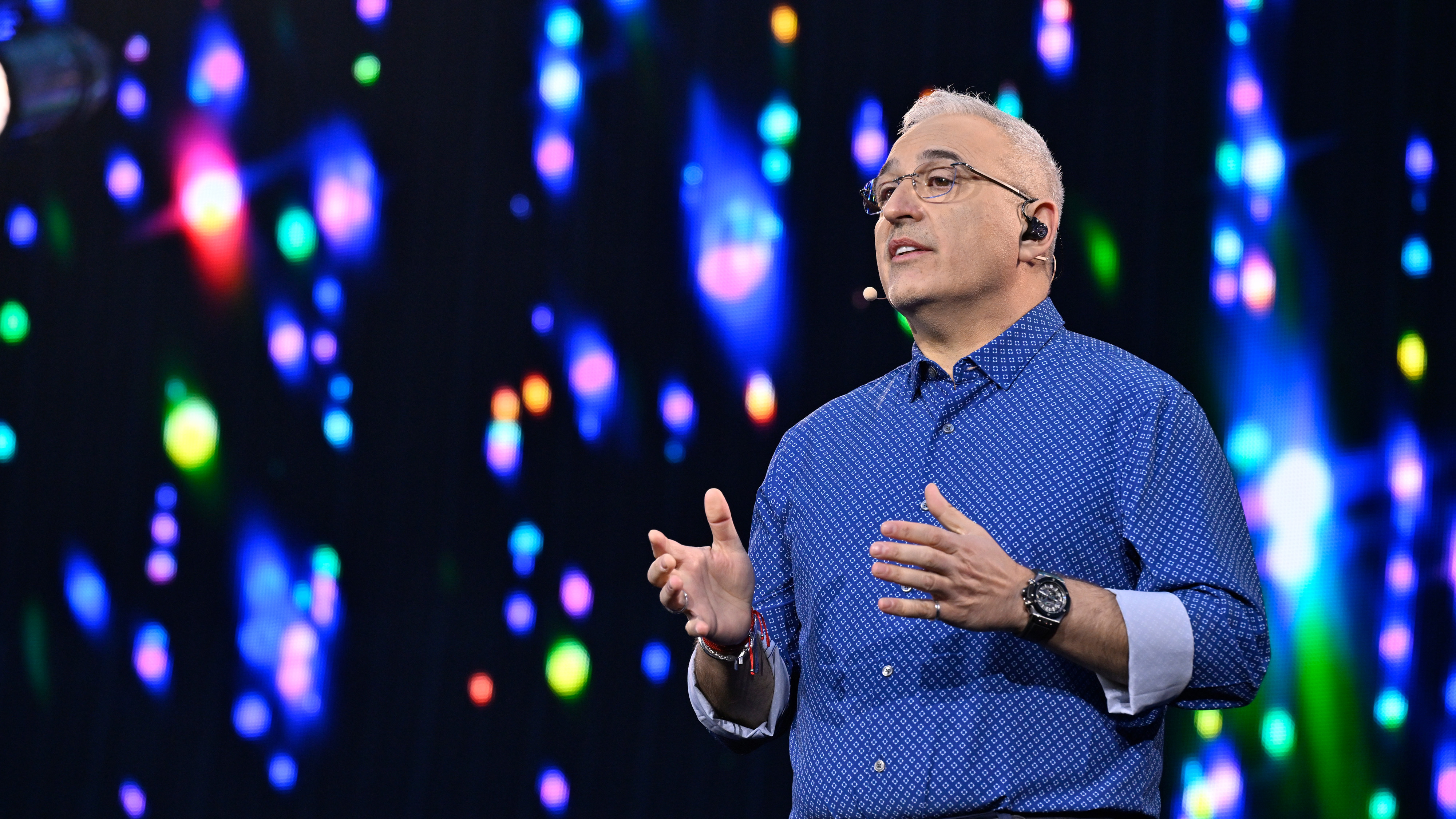
Antonio Neri, CEO at Hewlett Packard Enterprise, has been a busy man this week. By the time we meet, as ITPro interrupts his coffee break, he has already delivered a partner keynote speech at the Venetian Conference Center, the first HPE Discover 2024 keynote from the Las Vegas Sphere, and has the aura of a man who has been dashing between meetings ever since.
It’s been six-and-a-half years since he took over the reins at HPE – roughly the same amount of time his predecessor Meg Whitman held the same position.
While Whitman headed up the company through the emergence of cloud computing, Neri is at the helm during the rise of arguably an even more transformational technology: Generative AI.
Did the explosion of ChatGPT and friends onto the tech scene in 2022 take him by surprise, as it did many others?
“My first time on stage as a CEO, I said the enterprise of the future will be edge-centric, cloud-enabled, and data-driven, – and that the world will be hybrid,” Neri tells ITPro. “I wasn't wrong with the exception that the data-driven piece was significantly accelerated by this generative AI innovation and the maturity of it.”
“We have been doing supercomputing for a long time, and we have been doing AI at scale for a long time, but it was a different use case,” he explains. “It was more in the simulation, in the modeling, digital twins.
“So on the one hand, we understood that the largest world that will run on a supercomputer will be AI. We have been doing deep learning for a long time,” he continues, “but this generative AI showed up with a level of maturity I think many people were not prepared for or maybe not fully aware of the capabilities.”
Sign up today and you will receive a free copy of our Future Focus 2025 report - the leading guidance on AI, cybersecurity and other IT challenges as per 700+ senior executives
We think that can probably be taken as a yes.
Neri is very keen to point out HPE’s readiness for the emergence of generative AI, though, even if he didn’t quite predict its arrival.
The company’s high-performance computing (HPC) portfolio has stood it in good stead to enable enterprises to take advantage of generative AI to train their own large language models (LLMs). Underpinning this is several initiatives that Neri is rumored or known to have spearheaded even before he became CEO, such as the acquisitions of SGI in 2016, Nimble Storage in 2017, and Aruba Networks in 2015, as well as building out the Apollo HPC portfolio. Since he became CEO, the company has also added supercomputing firm Cray to its stable, with Juniper Networks set to join the fold in the next six months or so – more on that later.
“For us, we can serve all types of customers,” he says. “We support the maybe tens of customers that do large training, training these models that soon are going to be at two-trillion parameters. That requires a lot of computational power and we know how to do that because we have the supercomputer heritage.”
These customers, often countries, universities, or a combination of the two as in Bristol, UK, use tens of thousands of graphics processing units (GPUs), Neri says.
“When you go to enterprises, it’s hundreds of thousands, if not millions, of [potential customers], but they may only use hundreds of GPUs,” he says, which is not quite the same proposition.
A plug-and-play response to the AI skills gap
All of this leads our conversation back round to the flagship announcement of this year’s HPE Discover: Nvidia AI Computing by HPE.
The idea behind the partnership is, he says, to bring this new generation of AI to a broader audience in a simpler way.
“One of the things that Jensen (Huang, CEO of Nvidia and guest star of Neri’s keynote) and I discussed is that there’s a lot of momentum in AI, but a lot is in training these models and not deploying the models at scale,” he says. “Some of the barriers that enterprises have is expertise, bringing all this technology together, data, and everything else that goes with it.
“So we started with this premise, we need to make it so simple for enterprises to leverage this technology and that’s why we focus on the simplicity of the experience.”
RELATED WHITEPAPER
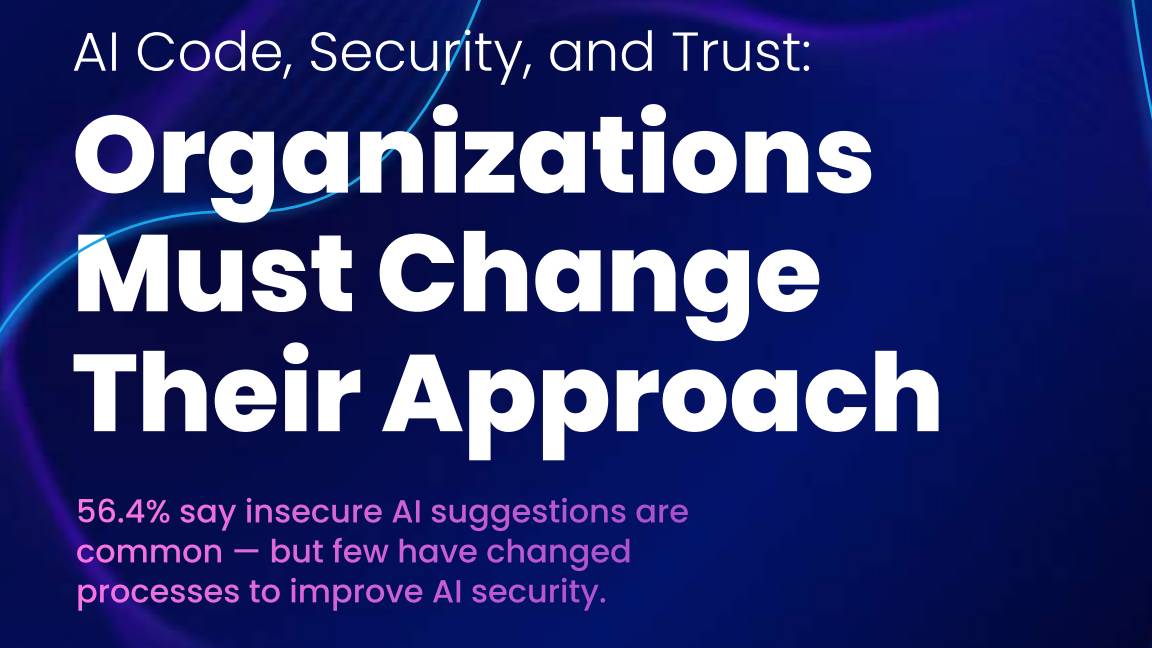
That’s all well and good, and who doesn’t like a bit of simplicity in their lives? But given Neri says Nvidia AI Computing by HPE was driven by what customers want, rather than what HPE thinks they need, why couldn’t they just assemble it themselves if they wanted to get ahead in the race to use generative AI?
For Neri, the answer falls somewhere between companies wanting to be able to invest in something that’s ready to go, rather than take more time building it themselves, and a lack of appropriate skills in the general workforce.
“What I learned – and I learned a lot through the last decade or so, particularly as we went through the cloud journey – is you can have amazing technology but if it’s very difficult to buy, it doesn’t matter,” he says. “Then AI brings extra complexity, which is basically ‘I don't have the expertise to do AI because at most I was doing machine learning’.
“That’s why [customers] need a solution that with one click I can buy and in one click I can deploy – or [in the case of HPE Private Cloud AI], three clicks.”
Indeed Neri – and Huang – seem to have taken a page out of the late Apple CEO Steve Jobs’ “it just works” sales book.
During his keynote, Neri claimed HPE Private Cloud AI – the first product to come out of Nvidia AI Computing by HPE – was “the simplest experience today for deployed and operated AI Nvidia software stack in the industry.”
“Plug it in, just a few clicks…”
“Three clicks,” interjected Huang.
“Three clicks?”
“Three clicks.”
Not quite plug-and-play, but deployment is apparently only three clicks away. Or so we heard.
No partner left behind
There is a caveat, though, or at least certainly another level of management. Because when it hasn’t been about simplicity of provisioning and deployment, this week’s announcement has been all about the channel.
“Ultimately, you also need the expertise – the domain expertise – and this is where this network of partners connecting with all of this technology, with one giant go-to-market [comes in],” said Huang. “We can now bring AI to the world’s enterprises for the very first time.”
A bold claim, but as ITPro already noted there is far more for the channel this year than last. While having a new, competency-based channel program such as Partner Ready Vantage is nice, it’s not the same as having something to sell – something that will generate revenue.
“This introduction (of HPE Private Cloud AI) makes the channel more relevant,” says Neri. Being able to “just rack up their own services around it” is, he believes, a great opportunity for them.”
Do they seem happy about it all?
“They were very happy already, but now they’re going to be even happier,” he claims. According to Neri, as they’re now selling just one integrated product, rather than a diffusion of separate components such as storage or switches that then have to be racked, stacked and cabled together, they can do more in less time.
“The channel is all about speed. Speed matters,” he says. With tens of thousands of customers already using HPE GreenLake, through which HPE Private Cloud AI is deployed, the ability to quickly deploy a generative AI solution with additional services from partners wrapped in “makes the channel more relevant, makes us (HPE) more relevant, and together we can address this customer segment.”
What’s next for HPE?
With more than half a decade under his belt as CEO – and many more years before spent in various roles at HP and, latterly HPE – where does he see the company going now?
The answer is a combination of consistency and absorbing new technologies and innovations into its existing strategy. One of Neri’s earliest big changes to HPE’s approach was the launch of HPE GreenLake, the company’s “as a service” (but firmly on premises) cloud-like platform, in 2018. Most, if not all, new HPE products and services are delivered through GreenLake – often exclusively.
“Since 2018, we have been consistent in our vision and executing that strategy,” says Neri, “and every year we add a block to that strategy.
“We started at the edge with GreenLake, that was a huge moment. We added supercomputers, and then we have now added AI on top of that – notwithstanding the investment we’ve made across every aspect of the stack.”
All of this, he claims, is to address customers' desires for choice and flexibility. This is also behind one of the smaller announcements from the conference; the introduction of a new virtualization layer with an open source KVM hypervisor that has been “hardened for enterprises”.
“All of [these services] are integrated into the same experience called HPE GreenLake,” he says – a name he once said he wanted to become synonymous with HPE to the extent he wouldn’t mind if customers got the branding confused.
“For me, now, it’s about executing through go to market. And the [research and development] side of this has been making tremendous progress as well,” he adds.
Neri exhorts ITPro to check out the “amazing innovation” on the show floor and get up close with some of the hardware and demos. And with that, it’s time for ITPro to head back out into the melee of the conference crowd.

Jane McCallion is Managing Editor of ITPro and ChannelPro, specializing in data centers, enterprise IT infrastructure, and cybersecurity. Before becoming Managing Editor, she held the role of Deputy Editor and, prior to that, Features Editor, managing a pool of freelance and internal writers, while continuing to specialize in enterprise IT infrastructure, and business strategy.
Prior to joining ITPro, Jane was a freelance business journalist writing as both Jane McCallion and Jane Bordenave for titles such as European CEO, World Finance, and Business Excellence Magazine.
-
 Can enterprises transform through startup theory?
Can enterprises transform through startup theory?In-depth For big corporations, the flexibility, adaptability, and speed of a startup or scale-up is often the total opposite of what’s possible within their own operations
-
 AI is creating more software flaws – and they're getting worse
AI is creating more software flaws – and they're getting worseNews A CodeRabbit study compared pull requests with AI and without, finding AI is fast but highly error prone
-
 HPE and Nvidia launch first EU AI factory lab in France
HPE and Nvidia launch first EU AI factory lab in FranceNews The facility will let customers test and validate their sovereign AI factories
-
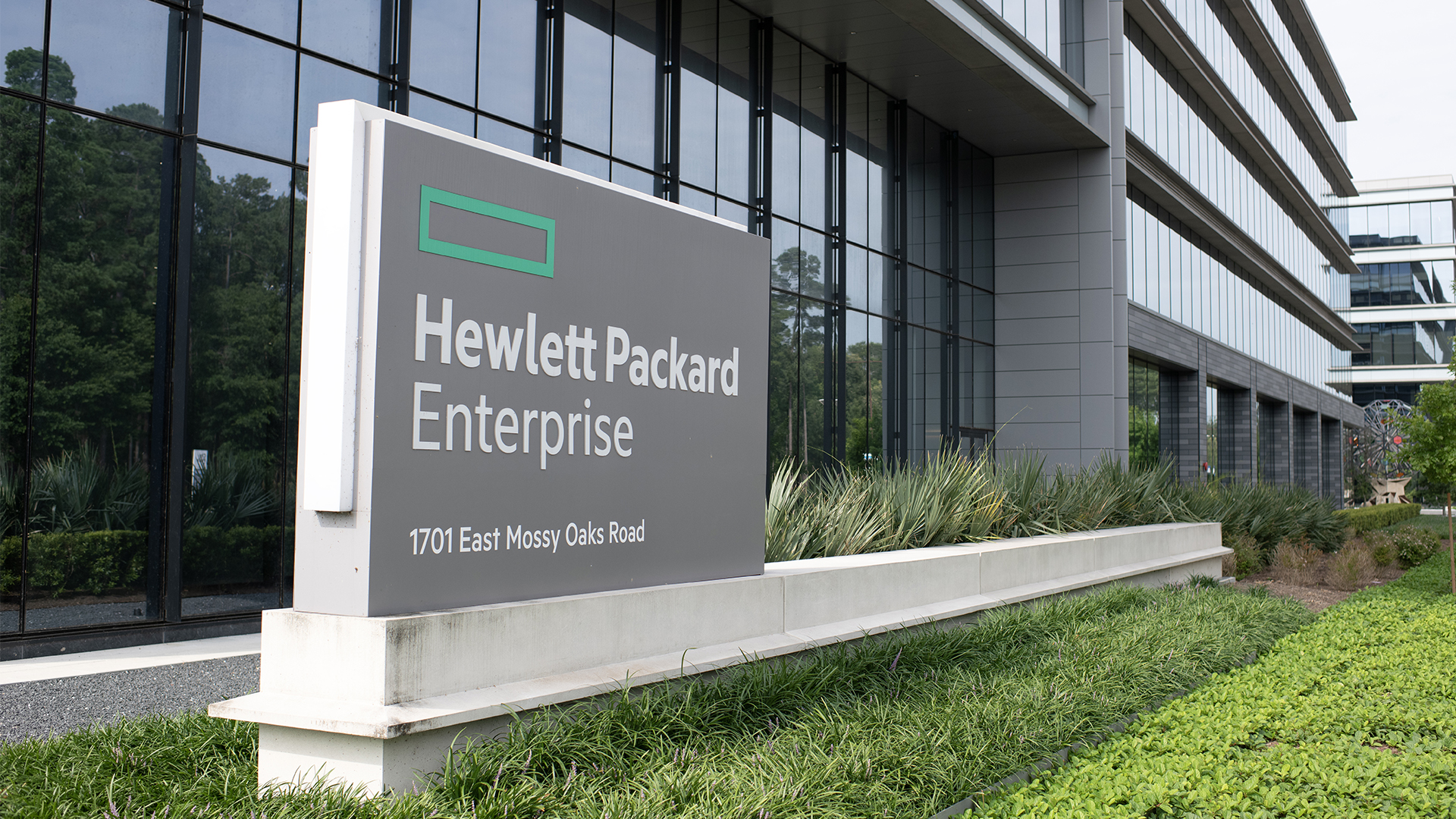 HPE's AI factory line just got a huge update
HPE's AI factory line just got a huge updatenews New 'composable' services with Nvidia hardware will allow businesses to scale AI infrastructure
-
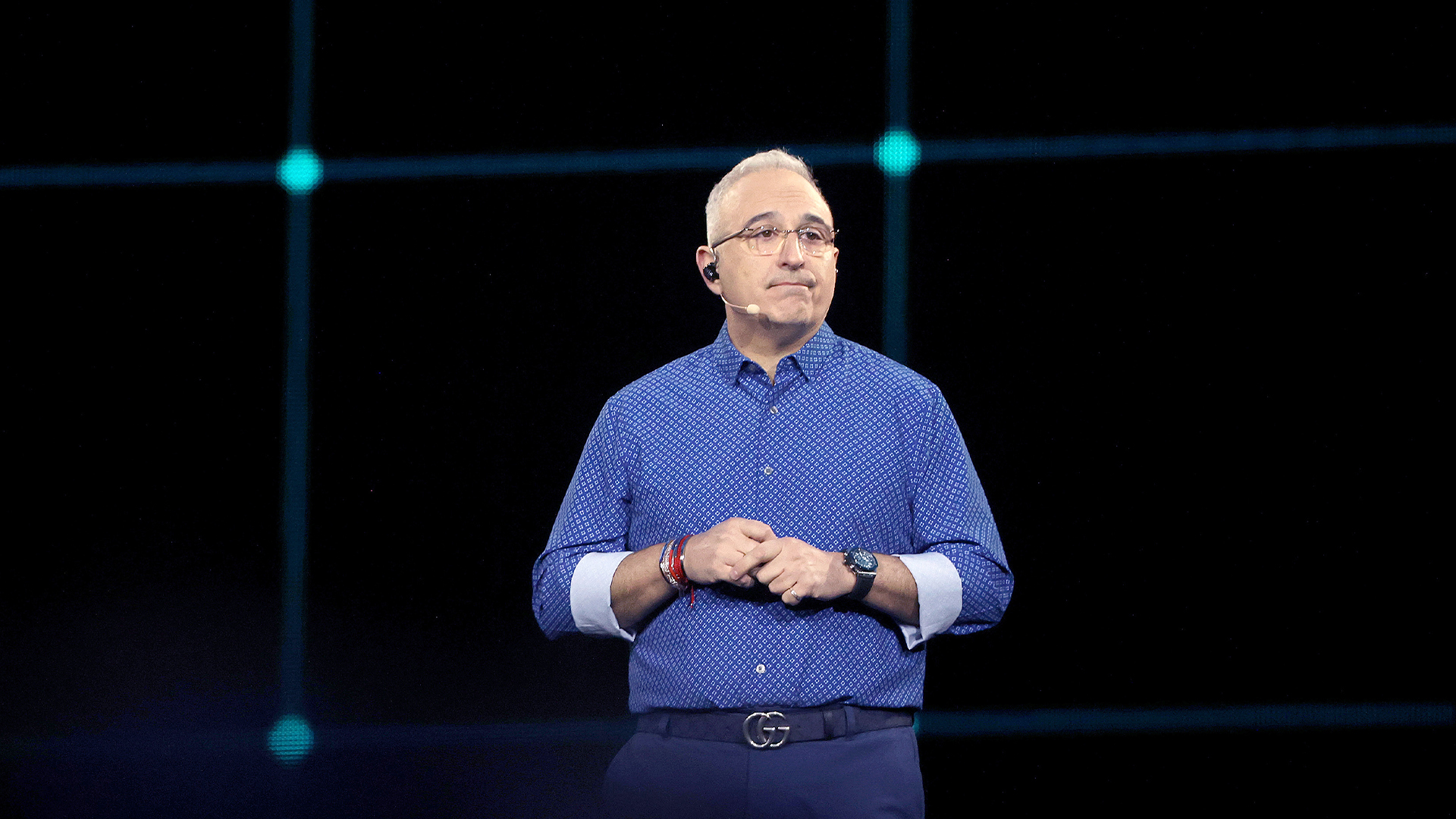 What HPE's results say about the direction of enterprise AI
What HPE's results say about the direction of enterprise AIAnalysis As with cloud computing, some companies value privacy over capacity
-
 Gaining timely insights with AI inferencing at the edge
Gaining timely insights with AI inferencing at the edgeWhitepaper Business differentiation in an AI-everywhere era
-
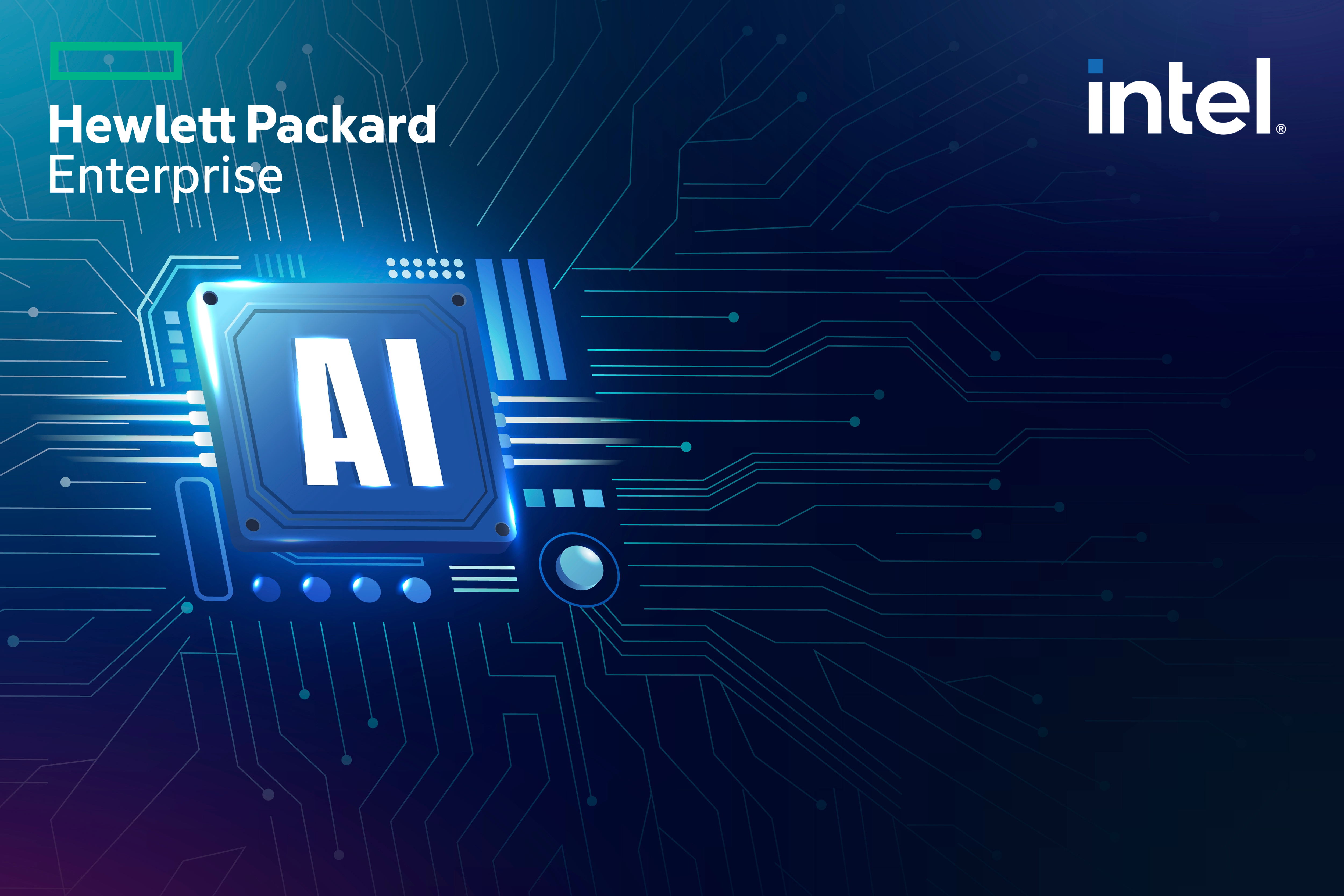 Digital strategies in the era of AI
Digital strategies in the era of AIWhitepaper Businesses are on the cusp of a major paradigm shift
-
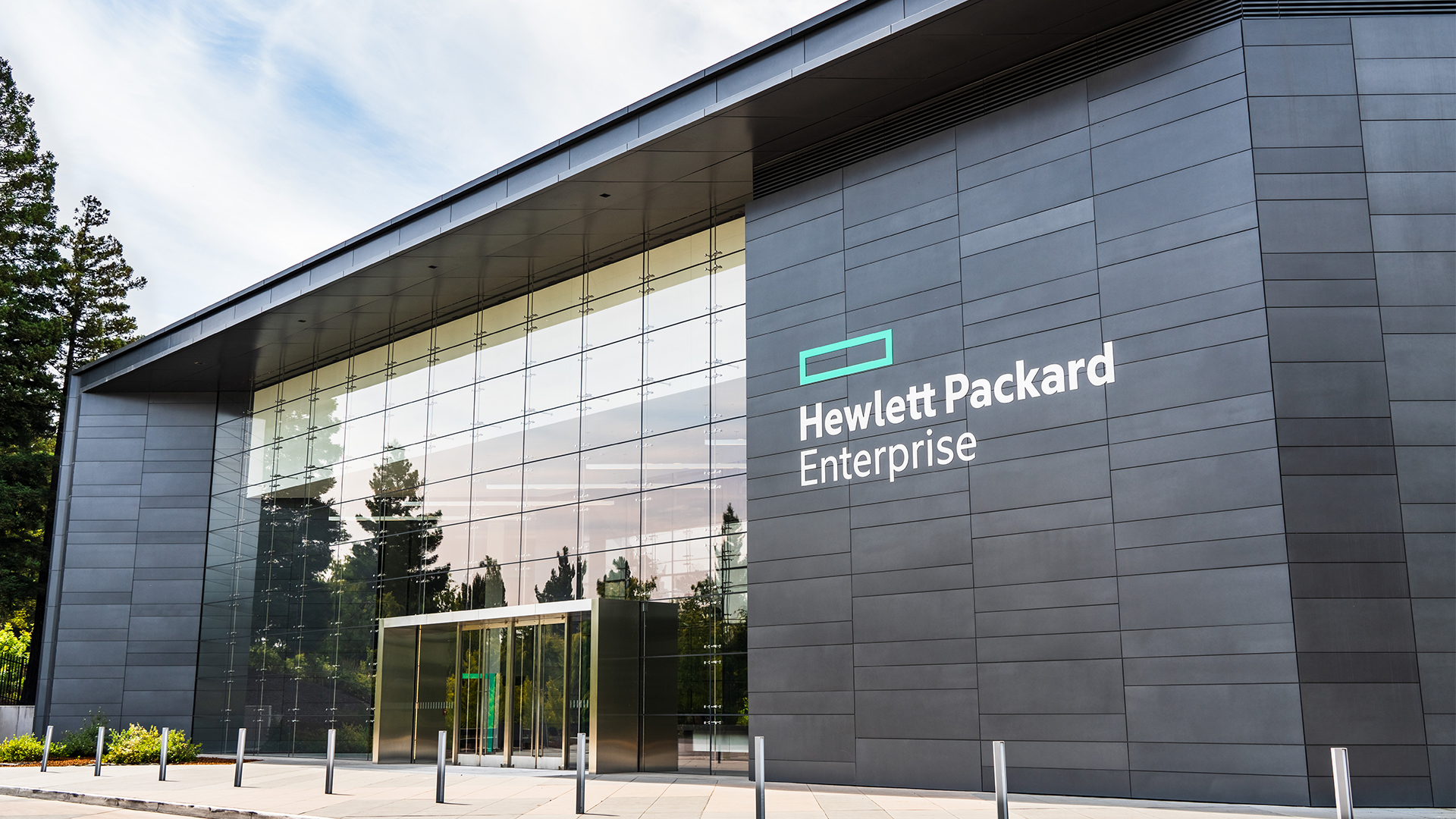 HPE’s AI and supercomputing journey continues with new Cray and Slingshot hardware
HPE’s AI and supercomputing journey continues with new Cray and Slingshot hardwareNews The company is also wooing MSPs and enterprises looking to roll out AI on-premises
-
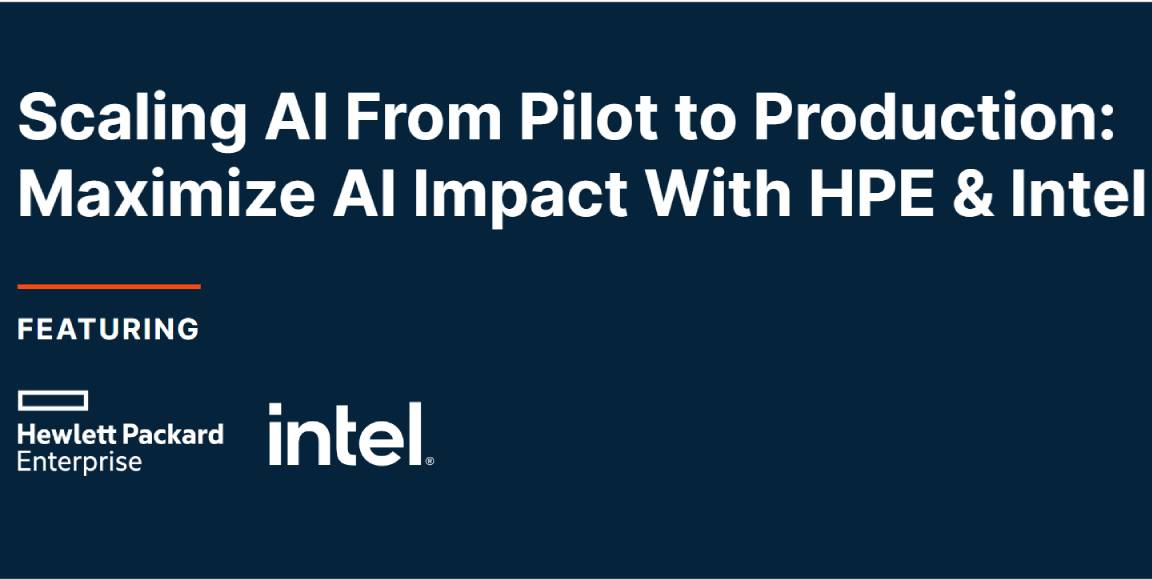 Scaling AI from pilot to production: Maximize AI impact with HPE & Intel
Scaling AI from pilot to production: Maximize AI impact with HPE & IntelWhitepaper Transform AI proof-of-concepts into full-scale implementations
-
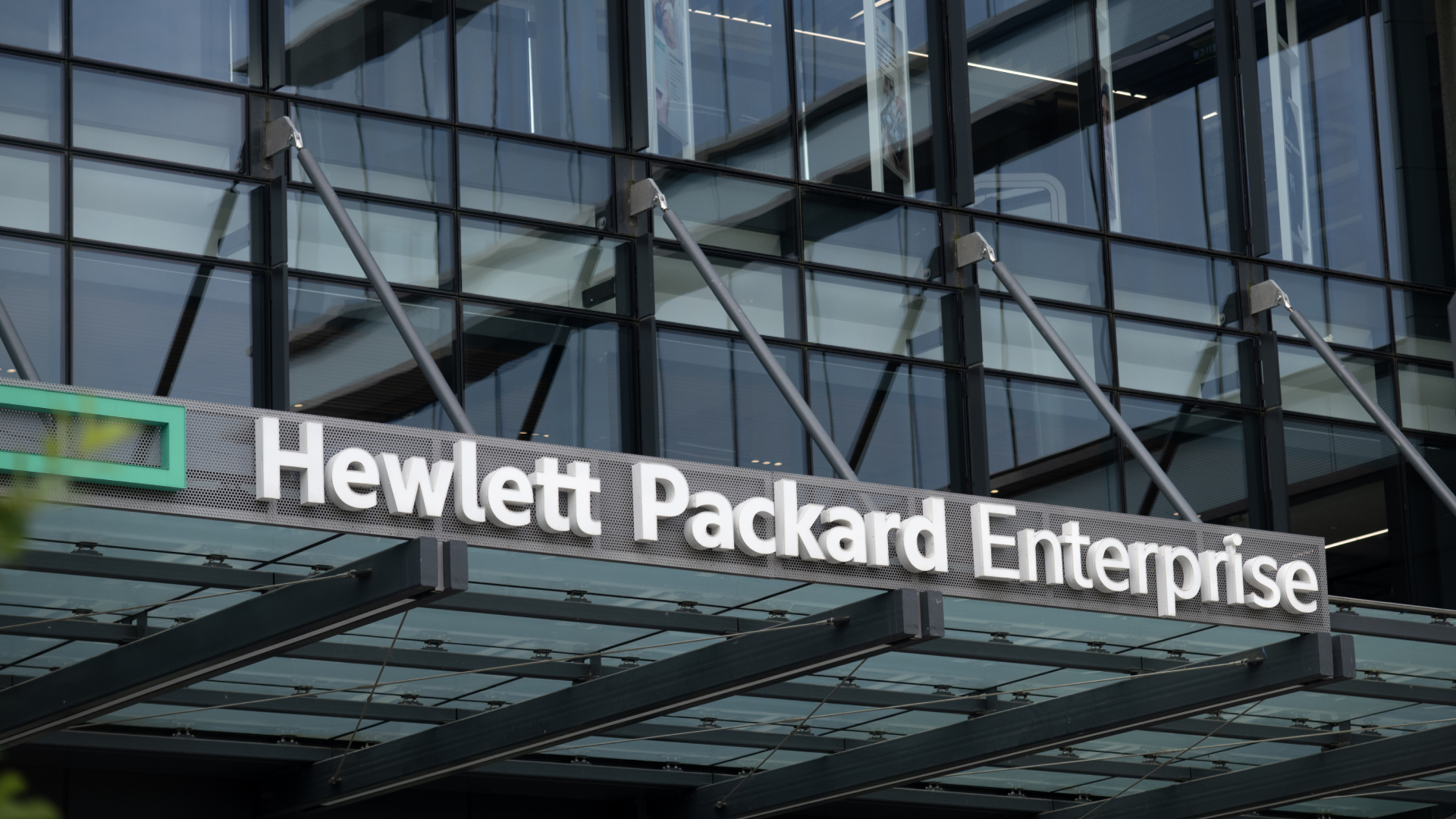 HPE’s ‘one-click AI solution’ for private cloud cuts project times from months to a ‘single moment’
HPE’s ‘one-click AI solution’ for private cloud cuts project times from months to a ‘single moment’News The new tools allow generative AI virtual assistants to be launched in seconds, using private data